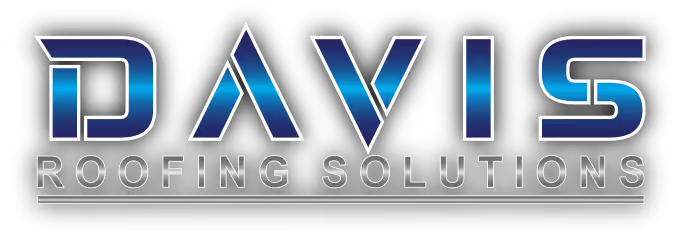Understanding OSHA Regulations for Roofing Control Zone Access
Safety is paramount in the roofing industry, and access control is a critical aspect of ensuring a secure work environment. OSHA (Occupational Safety and Health Administration) has specific regulations in place to govern roofing control zone access, aiming to protect workers from potential hazards. In this comprehensive blog post, Davis Roofing Solutions will delve into the importance of adhering to OSHA guidelines for roofing control zone access, helping you understand the requirements and implement best practices to ensure the safety of your roofing projects.
1. What is a Roofing Control Zone?
A roofing control zone refers to the designated area where roofing work is being performed. It is a restricted and secure space intended to minimize the risk of accidents and protect workers and bystanders from potential hazards. OSHA regulations dictate the proper establishment and management of these zones to promote safety and prevent unauthorized access.
2. Importance of Roofing Control Zone Access
a. Worker Safety
Controlling access to the roofing work area is crucial for worker safety. By limiting entry to authorized personnel only, potential accidents and injuries can be reduced significantly.
b. Hazard Prevention
Roofing projects involve various hazards, such as falls, flying debris, and slippery surfaces. Implementing control zone access measures helps prevent accidents and protects workers and the public from potential dangers.
c. Compliance with OSHA Regulations
Compliance with OSHA regulations is not only a legal requirement but also a responsibility to ensure the well-being of everyone involved in the project.
3. OSHA Regulations for Roofing Control Zone Access
a. Identifying Controlled Access Zones
OSHA requires employers to designate controlled access zones at roofing worksites. These zones must be clearly marked and communicated to all personnel to prevent unauthorized entry.
b. Access Control Measures
Access to the controlled zone should be restricted to only authorized personnel. Employers are responsible for implementing measures to control access, such as barriers, signs, and supervision.
c. Training and Education
Workers involved in projects should receive proper training on control zone access, hazard identification, and safety protocols.
4. Implementing Best Practices for Roofing Control Zone Access
a. Effective Signage
Visible and clear signage is essential to demarcate the controlled access zone. Use signs with easily understandable language and symbols to convey the message effectively.
b. Physical Barriers
Physical barriers, such as safety cones, fences, or barricades, prevent unauthorized access to the roofing work area. These barriers should be sturdy and conspicuous.
c. Supervision and Monitoring
Designate a competent person to supervise and monitor access to the control zone. This person should be well-versed in safety protocols and capable of handling emergencies.
d. Training and Safety Seminars
Regular safety training and seminars help reinforce the importance of roofing control zone access and keep workers informed about potential hazards.
5. Collaborating with Professionals
a. Working with Certified Roofing Contractors
Choosing certified roofing contractors ensures that the roofing control zone access is managed according to OSHA regulations and industry best practices.
b. Safety Assessments
Experienced roofing professionals can conduct safety assessments to identify potential hazards and recommend appropriate measures.
6. OSHA Compliance and Beyond
a. Continuous Improvement
Ensuring roofing control zone access compliance is an ongoing process. Regularly review and update safety measures to address new challenges and improve overall safety.
b. Safety Culture
Promote a safety-first culture within your roofing team. Encourage open communication about safety concerns and reward safe work practices.
Conclusion
Adhering to OSHA regulations for roofing control zone access is a fundamental responsibility for all roofing contractors and employers. Implementing the appropriate safety measures not only ensures compliance but also protects workers, bystanders, and the public from potential hazards.
At Davis Roofing Solutions, we prioritize safety above all else. Our team of certified roofing professionals follows OSHA guidelines rigorously to create secure and controlled roofing work environments. If you’re looking for a reliable and safety-focused roofing partner, contact Davis Roofing Solutions today. Trust us to deliver quality roofing services with the utmost dedication to safety and compliance with OSHA regulations for roofing control zone access.



